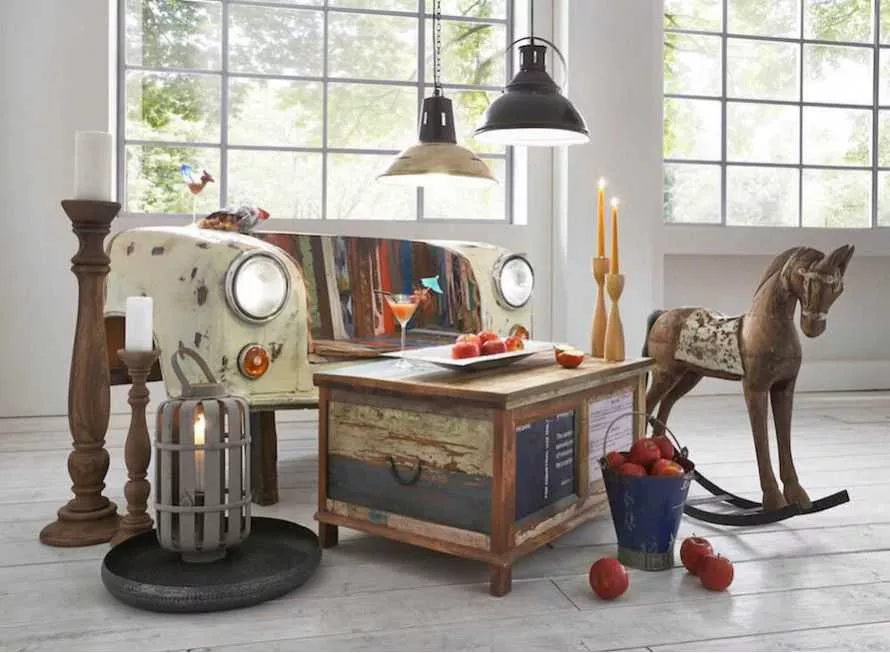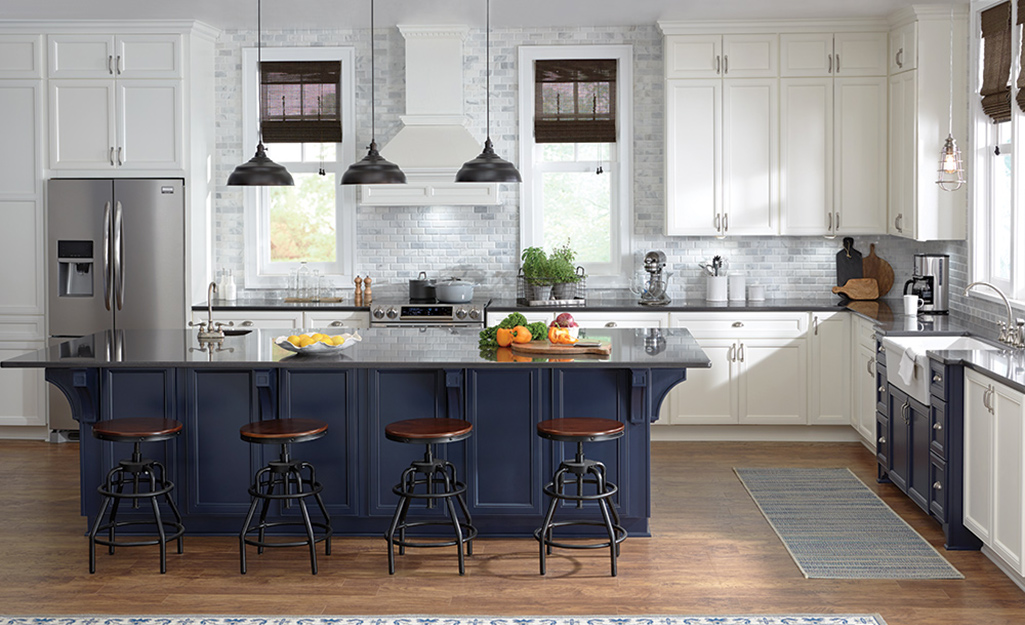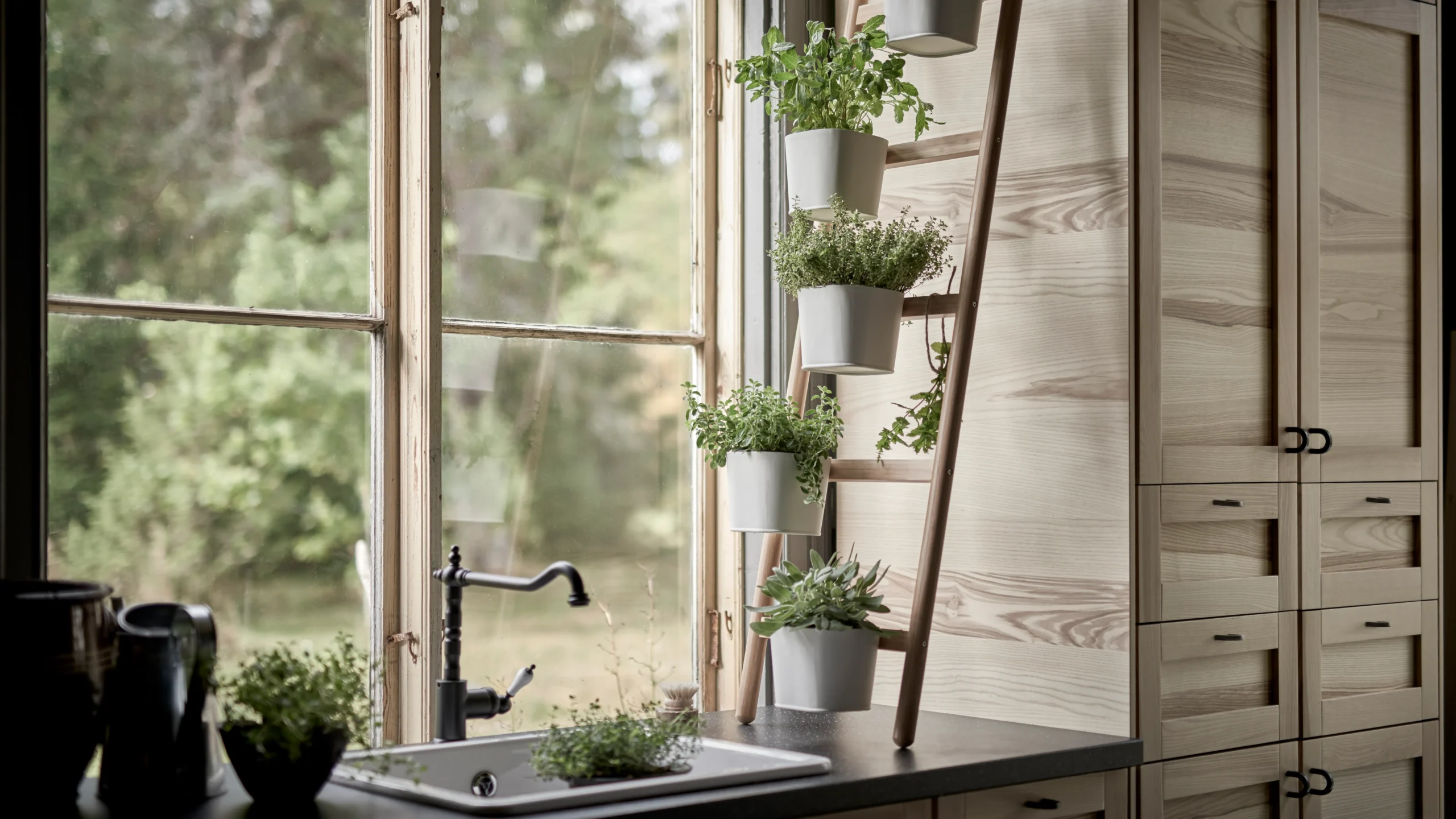Welcome to the evolution of HomeGrownTomato.org, where green thumbs meet home improvement enthusiasts in a symphony of DIY prowess. What began as a humble haven for tomato-growing aficionados has blossomed into a comprehensive hub for all things home-related. Picture this: a quaint corner of the internet, once solely dedicated to cultivating the juiciest, most succulent tomatoes in your backyard.
But as seasons changed and interests diversified, so did the vision behind this digital oasis. Gerald Cole, being the man behind this website was fueled by an insatiable curiosity and a passion for all things botanical. Then, he found himself being drawn deeper into the world of landscaping and gardening. But that wasn’t all. A new leaf turned, and the journey took an unexpected twist. With a keen eye for transformation and an innate knack for craftsmanship, Cole ventured into the realm of house flipping.
Properties were purchased, dreams were built, and homes were resurrected from the dust of neglect into beacons of beauty and functionality. Now, at HomeGrownTomato.org, you’ll find a treasure trove of knowledge and inspiration, spanning from the art of nurturing vibrant gardens to the science of turning houses into homes. Whether you’re a seasoned gardener looking to expand your green kingdom or a budding DIY enthusiast eager to tackle home improvement projects, you’ve found your digital sanctuary.Join us as we dig deeper, plant seeds of innovation, and cultivate a community rooted in creativity and transformation.





